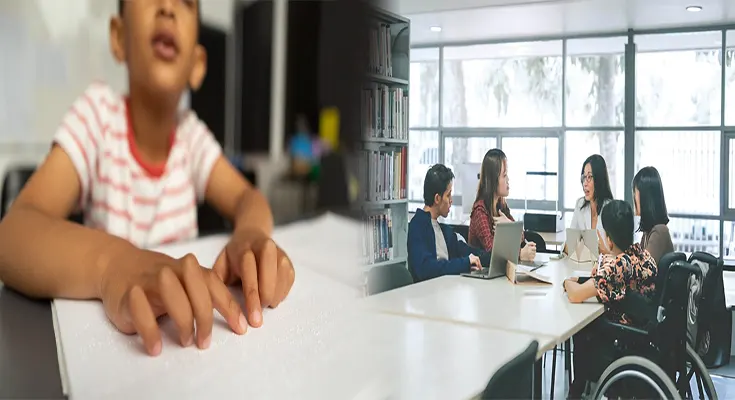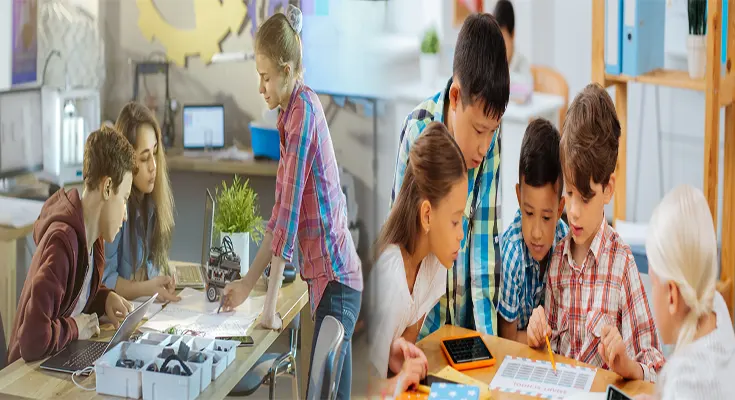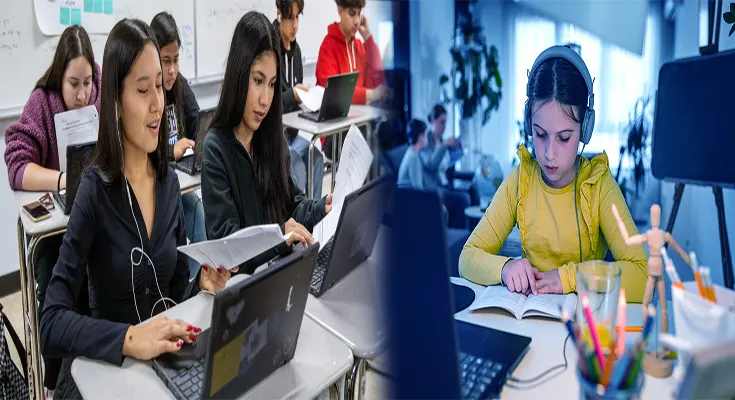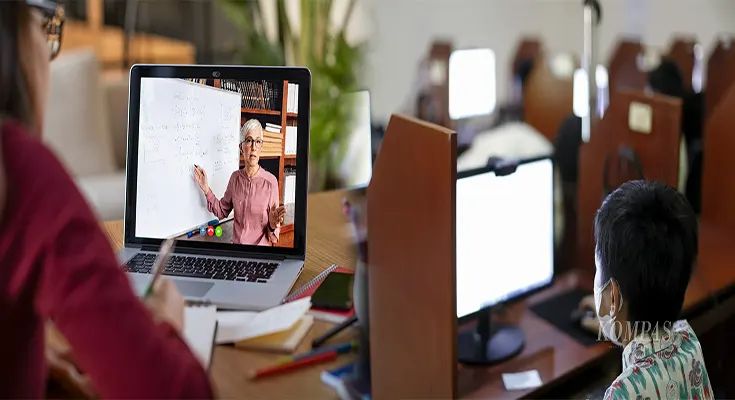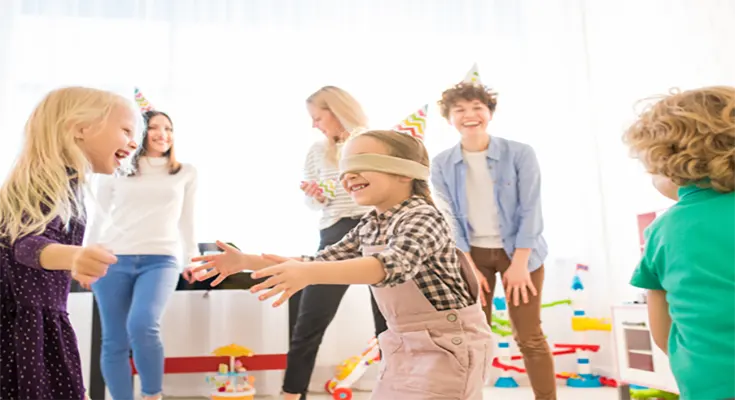
15 Kids’ Birthday Games That Will Surprise Them and Keep Them Engaged
Birthdays are not just about cutting cake. They are about laughter, giggles, and games. Children jump, run, and enjoy themselves. The right party game converts a simple afternoon into a nonstop adventure. From the first balloon pop to the last high five, enthusiasm survives. Parents look on with a smile because happiness is in the air. Kids’ birthday decorations make every moment feel like a surprise.
What Are Different 15 Kids’ Birthday Games That Will Keep Them Laughing and Playing for Hours?
These 15 kids’ birthday activities bring constant surprises from timeless classics to unexpected twists.
Musical Chairs
Switch on the music and the kids run in circles, eyes focused on the empty chairs. Suddenly, the music stops! The chair’s hunting begins again with frantic running, fast turns, and a few near collisions, and everyone is sitting down except for one! The excitement, the laughter, and the tense “last chair …
15 Kids’ Birthday Games That Will Surprise Them and Keep Them Engaged Read More

